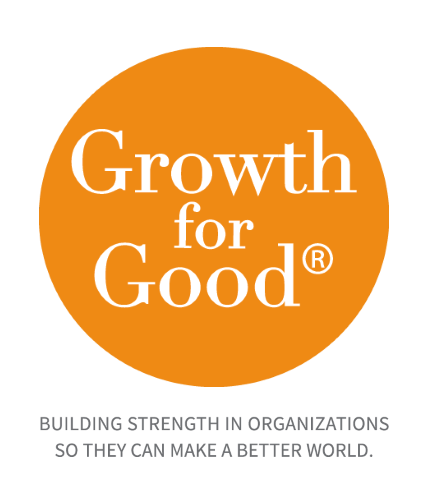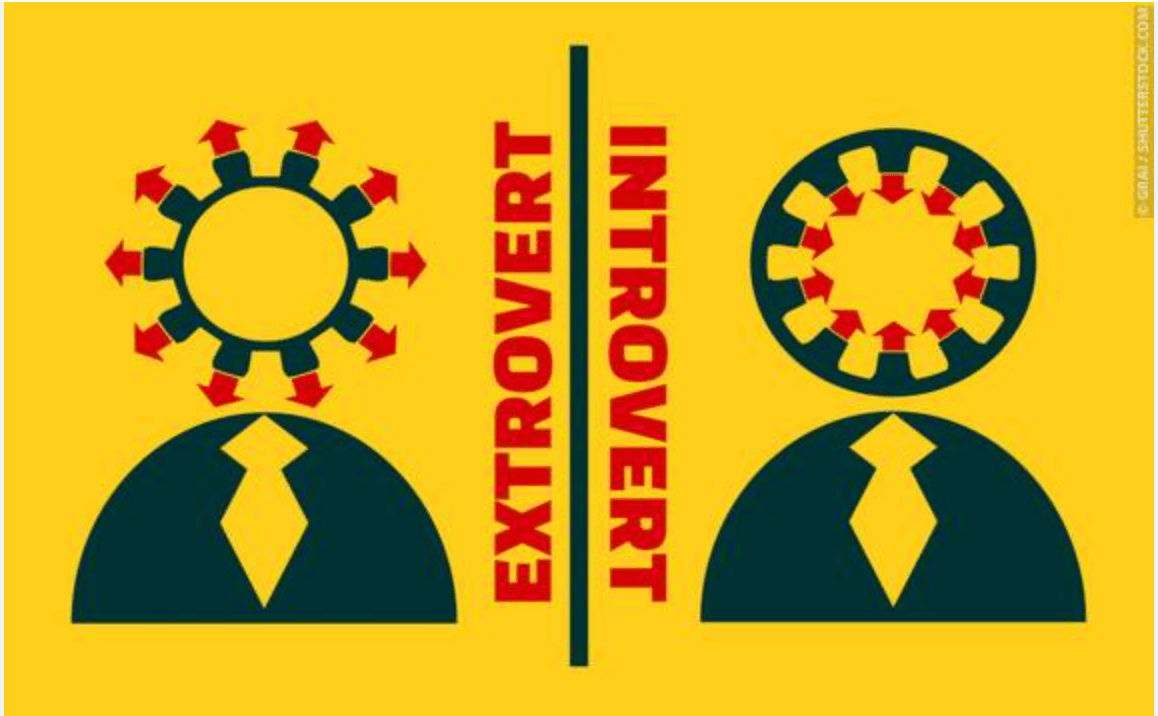Annual Appeals in the Time of Corona
If it’s November, hopefully, you have your annual appeal underway. Here are a few thoughts and tips for how to adjust your messaging amid a global pandemic.
First of all, rest assured that people are still giving, so don’t hold back. According to a recent article in the Chronicle of Philanthropy (“Donors Still Bullish Despite Pandemic and Economic Collapse,” by Michael Theis; August 5, 2020), fewer than 25% of donors will either be reducing their gift or not donating this year, and 6% are unsure. A total of 58% of donors will give at their usual levels, and 13% will increase their giving.
Ok, so that is good news. But how should you adjust your letters, given a global pandemic? The answer is straightforward. Not much. While you need to let your donors know how your organization was impacted by and responded to the Covid shutdown, you should still aim for a donor-centric letter. Here are the dos and don’ts for weaving the subject of Covid into your narrative.
Don’t Write About:
- Fundraising events cancelled due to Covid
- Staff who were laid off or furloughed
- How the budget was affected
- Following us on social media
Do Write About:
- How you are only able to continue your work because of the donor, i.e., why they are needed
- How you have adapted to continue to serve your mission and community
- What you are doing with your donor’s money, i.e., why their gift is required
- Why you are still relevant, i.e., why they are still relevant
- How you are still helping those in need – who may be in more need than ever before – i.e., how they are part of an enlightened group of people who “get it”
- Why the donor is making the right decision to support you
- The fact that together we can beat Covid
Donor-Centric Messaging
Before you even get started, buy Tom Ahern’s books. Read Tom Ahern’s website. Take a workshop with Tom Ahern. For us, the donor-centric guru’s practical advice never gets old.
Ahern points out that what a donor mostly wants to hear is that, “they are enough.” They are the reason your organization is able to make an impact. You are their charity; they are not your donor.
So what does donor-centric messaging look like versus organization-centric messaging? Tom Ahern writes, “The concept of ‘donor-centric’ communications is the opposite of ‘organization-centric’ communications. Donor-centric communications focuses on the role donors play in affecting change, reinforcing the positive reasons the donor is motivated to give.” It is your job to help the reader understand their part in your story.
Below are some right and wrong ways to approach an annual appeal letter.
WRONG – Here’s an “organization-centered” ask:
Your renewed annual support of Healthy Earth is needed to help us fight for a clean and natural environment.
RIGHT – Here’s the same ask in donor-centered language:
As a supporter of Healthy Earth, you understand the importance of the natural environment.
WRONG – Organization-centered ask:
The Good Hope Community desperately needs help so we can break the cycle of poverty and reach the underserved.
RIGHT – Donor-centered ask:
You make the work of Good Hope Community possible. Your generous gift of $xxx will feed a family of five for one week.
Reaffirm the Messaging on the Donor Card
Make your donor feel special. Here’s an example of a sentence to start off a donor card:
“Yes, I want to help the Good Hope Community and go to bed at night knowing I made a difference.”
Outer Envelope
Stand out in the sea of plain white envelopes: use color, even if it’s just brown. The job of the outer envelope is to get the person to open the mail – that is it. An example of a message for the outside of an envelope might be:
“Inside is the story of how you help save the world.”
“Open me to see how you, and other enlightened folks like you, have made a difference.”
Segment Your List and Adapt the Letter Messaging Accordingly
Segment your donor mailing list into a minimum of three categories for three different letter types:
- Donors who give year after year
- Donors who have never given
- Donors who gave in the past but not last year
Draft slightly different copy for each of the three letters.
- Donors who give year after year: Write a brief (1.5 to 2 page) letter. They already know you and just need a little update and a reminder of how important they are to accomplishing the mission.
- Donors who have never given: Write a slightly longer letter (2 to 3 pages) that focuses on how their help makes the mission and programming possible.
- Donors who gave in the past but not last year: Use a version of the slightly longer letter with the message, “We missed your gift last year.”
Digital Outreach vs. Traditional Snail Mail
Yep, regular direct mail sent via the US Post still works. Snail mail now just has a companion – digital outreach. Plan on sending a real snail mail letter supported by digital tools. People are busy and on endless Zoom calls, but they still read the mail. Plan on building out an annual appeal web page with branding and messaging that corresponds to the mail you are sending. Plan for weekly email reminders, e.g., three email reminders the last week of December and three email reminders on December 31. Marketers know it takes 12 touches to close a deal. Plan for your 12 touches.
Using Images
This may be a cliché but it is true – a picture paints a thousand words. Use images throughout your communications, especially images that evoke emotion. Use images everywhere – in the letter, on the donor card, on the envelopes, and especially on the Annual Appeal web page and the outgoing emails. We humans process images 60,000 times faster than text.
Preload Your Email Reminders
Draft your emails and email subject headers at the same time you draft the letter. Minimize the verbiage and maximize the images. Link every email to your Annual Appeal web page.
Keep It Concise – With email, brevity is essential. Aim to write one paragraph, two tops. Keep it short, sweet, and to the point.
Make the ASK Stand Out – Fundraising emails require clear asks. Including a button that links back to your Annual Appeal web page is essential. Research says that red is the best color for call-to-action buttons.
Optimize Your Emails for Mobile – Today, more than 50% of emails are read on a smart phone. To optimize for mobile devices, enlarge your links and any other buttons that you want readers to click. Use a single column layout and a large font. Resize your images. Be sure to test the message on a mobile device before sending it out.
Timing
Plan for the letter to hit just before or after Thanksgiving. It takes a printer mail house at least four to five days to get a mailpiece out. US Post is taking a bit longer these days, so add a couple of days into your calculations for when the mail will hit the target.
Thanking Donors – Donor Management
We believe you cannot thank people enough times. Send an email thank you note within 24 hours. Remove donors from the reminder email list! Send a proper snail mail letter as soon as you can. After all, a thank you note is the ultimate donor-centric message: “Thank you; we are here because of you.”
Recent Posts
Subscribe to Our Newsletter
* These fields are required.
Contact Us
500 Summit Avenue
Maplewood, NJ 07040
P: 973-762-7645
E: contact@growthforgood.com








